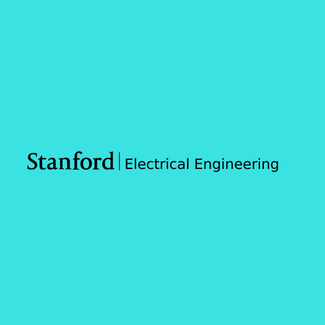
Observing the separation of background ions in magnetised, collisionless shocks
Spilker 232
ABSTRACT: Magnetized, collisionless (λmfp>> Lshock) shocks are observed throughout the universe including within supernova remnants and at Earth’s magnetopause. These shocks have the potential to accelerate particles to far greater energies than many other astrophysical processes and may provide a source of high-energy cosmic rays. One challenge, yet to be addressed, is determining the exact mechanism of the energy dissipation by these shock waves. Designing a laboratory-based experiment that can create and investigate these shocks is advantageous for testing different theories and developing our knowledge of this phenomena.
In this talk I will present exciting results from an experimental platform using the Omega laser facility. A gas jet and MIFED assembly provide a pre-ionized, pre-magnetized background plasma, through which a shock wave is launched. We diagnose the effect of the magnitude of the background magnetic fields on the shock formation using both temporally and spatially resolved Thomson scattering. This allow us to measure the plasma conditions, as well as identify where the background and shock piston material are spatially located. In addition, we diagnose the evolving electromagnetic field structures using proton probing. These diagnostics have led to the first, clear identification of the shock’s development stages as well as the initial separation of the shock piston and background material. The results assist in benchmarking particle-in-cell codes and hydrodynamic models as well as interpreting measurements from spacecrafts, to gain a better understanding of the underlying physics.
Bio: Dr. Ellie Tubman is an Assistant Professor in the Nuclear Engineering department at UC Berkeley. She graduated with a master’s degree in physics from the University of Sussex, UK. She went on to the University of York, UK to undertake a doctorate investigating laser-produced plasmas within the Fusion Centre for Doctoral Training. This program involved collaborations with students from both the magnetic and inertial confinement fusion fields, as well as engineering students looking into the challenges of the materials in fusion reactors. On completing her PhD in 2016 she joined the Magpie pulsed power group at Imperial College London as a post-doctoral researcher. She then moved to California in March 2020 to conduct further research at the Lawrence Livermore National Laboratory, joining the team of scientists working on the National Ignition Facility. In April 2023 Ellie took up a position at Imperial College London as a lecturer before then moving to University California, Berkley in summer 2024. Her group is working in the field of experimental high-energy-density plasma physics, particularly in understanding the influence of magnetic fields in laser-produced plasmas including those within fusion-relevant conditions. Alongside experiments her group develops diagnostics for probing these extreme conditions.
This seminar is sponsored by the Department of Applied Physics and the Ginzton Laboratory